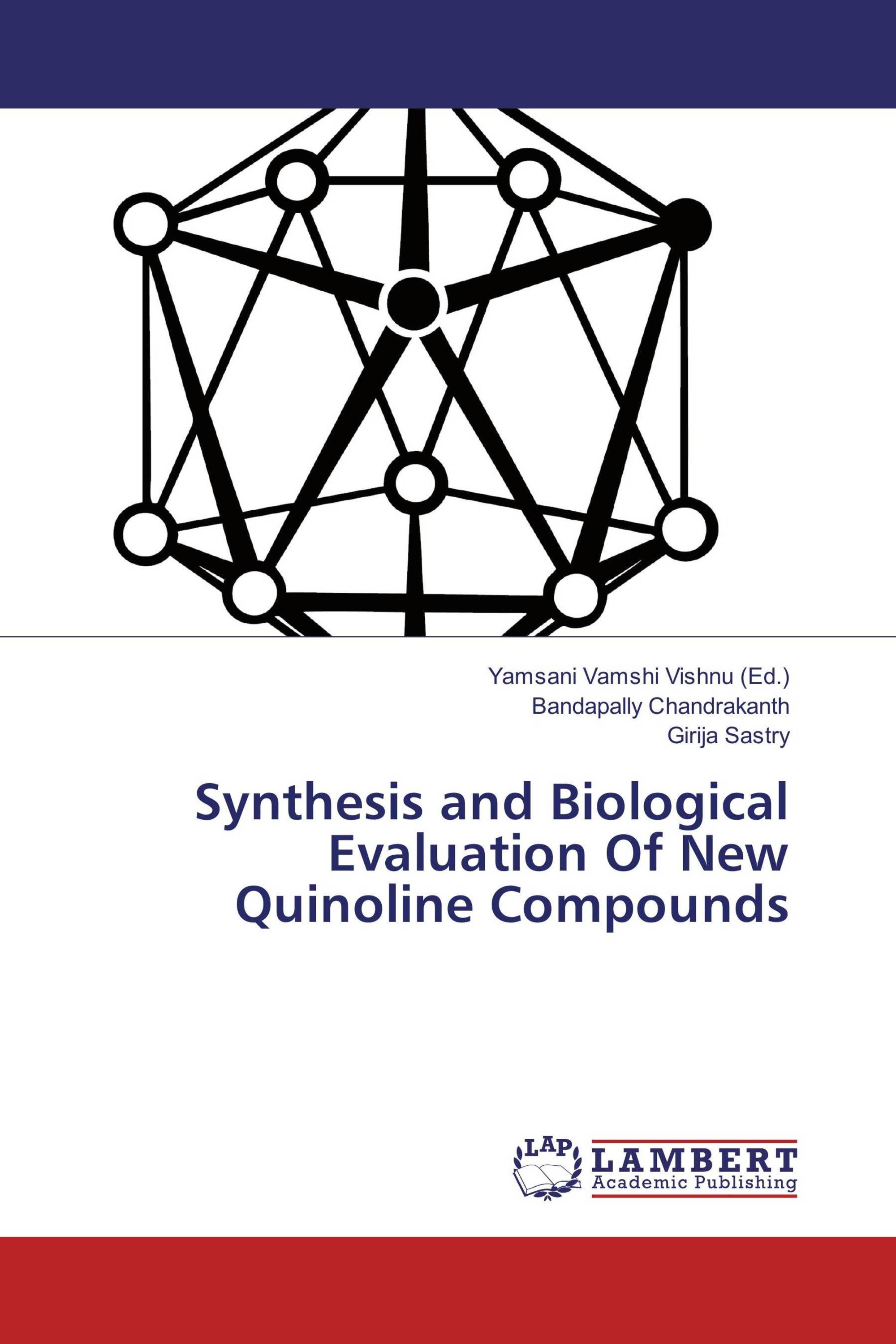Synthesis and Biological Evaluation Of New Quinoline Compounds
LAP Lambert Academic Publishing ( 06.03.2017 )
€ 28,90
Quinolines as a class of antibacterial agents have been known for over 40 years. Although considerable results in the research of new antibacterial quinolines have already been achieved, they are still a matter of study because of the continuous demand of new compounds active against resistant strains of bacteria. Research efforts are mainly focused on obtaining new compounds active against very resistant bacterial strains or acting on the mechanisms of resistance. Therefore efforts were made in the synthesis of new derivates for quinoline nucleus. The 4-amino-3-formylquinoline-2-(1H)-one (Q10-Q12) was obtained by the formylation of 2, 4-dichloroquinoline (Q1-Q3). All the synthesized compounds have been characterized by using elemental analysis, spectroscopical studies. All the synthesized compounds were tested for their antibacterial and antifungal activity. The compounds also tested for in-vitro antioxidant activity. The compounds exhibited significant antibacterial, antifungal and anti-oxidant activities. These compounds can be further exploited to get the potent lead compounds.
Kitap detayları: |
|
|
ISBN-13: |
978-3-330-05408-0 |
|
ISBN-10: |
3330054085 |
|
EAN: |
9783330054080 |
|
Kitabın dili: |
English |
|
Düzenleyen: |
Yamsani Vamshi Vishnu |
|
Sayfa sayısı: |
84 |
|
Yayın tarihi: |
06.03.2017 |
|
Kategori: |
Eczacılık |




